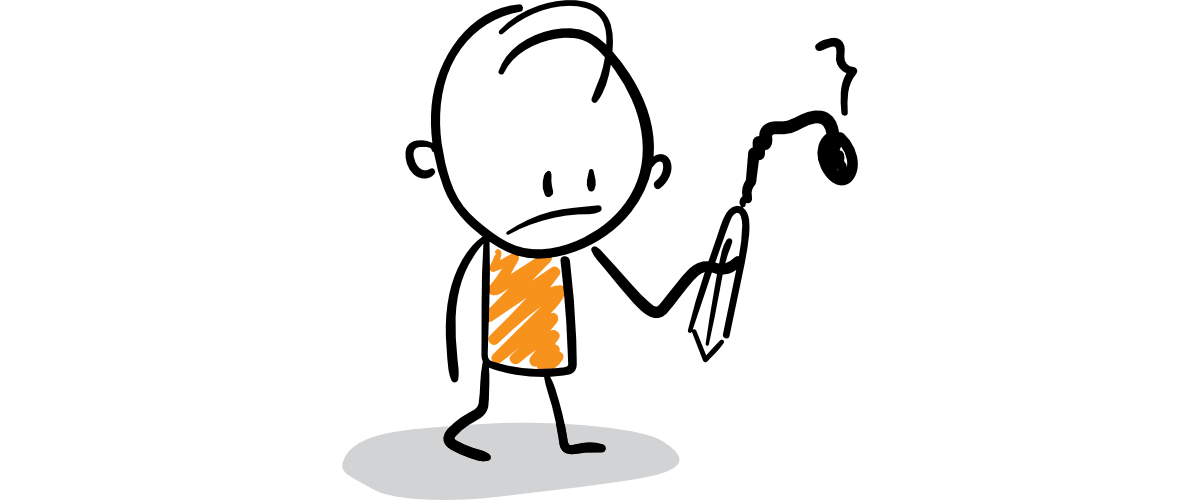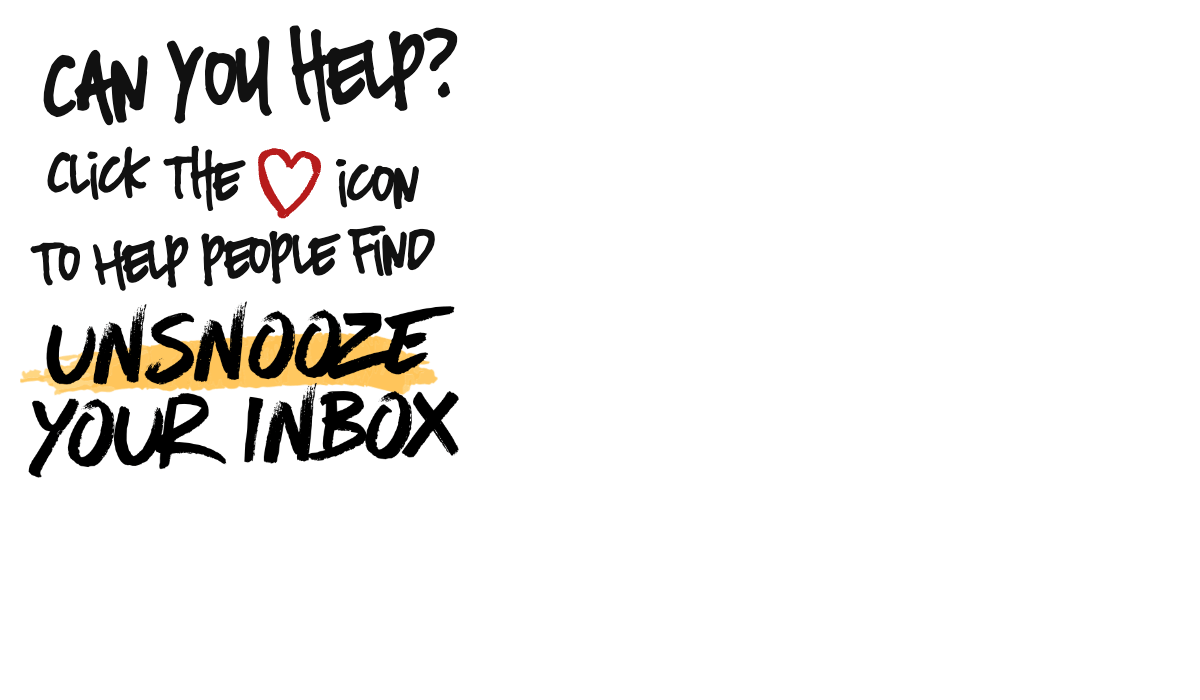What most people miss about stories in emails
👉 and it leads them to misuse and overuse them
Last time I told you about how being forced to write a simple, story-based email led me to discover just how powerful the format can be.
But most people, in my experience at least, look at stories in emails way too narrowly. And it leads them to misuse them and overuse some aspects of them while underusing others.
In other words they get much worse results than if they looked at them just that bit more broadly.
Let me explain…
Most people get that stories make your emails more interesting. We’re just inherently fascinated by them as human beings. That’s why there are rather more dramas, sitcoms and soaps on the TV than documentaries.
And making your emails interesting is really important. Our inboxes are stuffed with unread emails we never get to. Partially because they’re not valuable enough to us. But usually because they’re just not interesting enough.
But there’s a lot more to stories than just making your emails interesting. And if all you think stories are for is entertainment then you’ll end up trying to turn every email into a Campbellian hero’s journey or force-fit them into one of Booker’s plot archetypes.
(Hands up everyone who’s been to a talk or training course that explained the hero’s journey, thought “that’s brilliant” but then struggled to apply it back in the real world of writing emails, blog and social media posts).
Writing every email as a full-on story is really hard work, totally unnecessary, and also leads you to miss out on some of the most effective use of stories.
If you think wider about how you can use stories then in addition to keeping your reader interested and engaged, they can also:
Teach material in a way that’s easier to understand and that allows your readers to draw their own conclusions - so they’re much more likely to learn and apply the lessons.
Persuade much more powerfully. You’ve probably heard of the experiments that showed using the personal story of one sufferer in a charity appeal got way more donations than using facts and figures about how terrible the problem was overall. Did you also know that when they tried using the story and the facts and figures, the story on its own still did better? Facts and figures pushed people into analytical mode and decreased donations vs the emotional response to the story.
Build relationships. Telling stories from your childhood, your early experiences at work, the things you do with clients - it all builds a rounder picture of you in your reader’s minds. They get to experience you as a human being, to see you overcome challenges, to hear your internal dialogue. Their experience with you is much more akin to what they would know about a friend than just a potential supplier.
Get across messages indirectly. If I want you to know that my clients get great results I could try telling you…but you probably wouldn’t believe me and it would be a deathly dull email that delivered no value. On the other hand, if I send you an email with useful tips, explained in the form of a story about how one of my clients implemented those tips and got great results then you’d find the email valuable and interesting. And it would subtly get across the message that my clients get great results from working with me without me needing to boast about it.
Here’s the thing: none of those uses of story needs the whole email to be story-based.
For example, you can open your email with an interesting story in the hook which gets more people to read on. And that story can position you as having learned what you’re about to teach through hard-won experience. Or it can be an inspiration you had, or something a mentor taught you.
In the space of just a few paragraphs you can get across key messages that are going to make readers more likely to want to work with you. Or to see you as an expert. Or to realise that you’ve been in the same situation they’re in and can understand and empathise.
And these are simple changes you can retrofit onto an existing email. You can write the email then go back and add a relevant story to the hook. Or rework your explanation of your tips into a mini case study.
Nothing super difficult or requiring mastery of plot, character, setting or anything complex.
Just a quick mini-story thrown in to get your point across.
Something anyone can add to their emails.
(of course it helps if the outline and theme of the email is “story ready” and you get guidelines as to what type of story to use - like my Unsnooze Your Inbox email template packs.)
But with a splash of time and focus you can add powerful stories to any email.
- Ian



